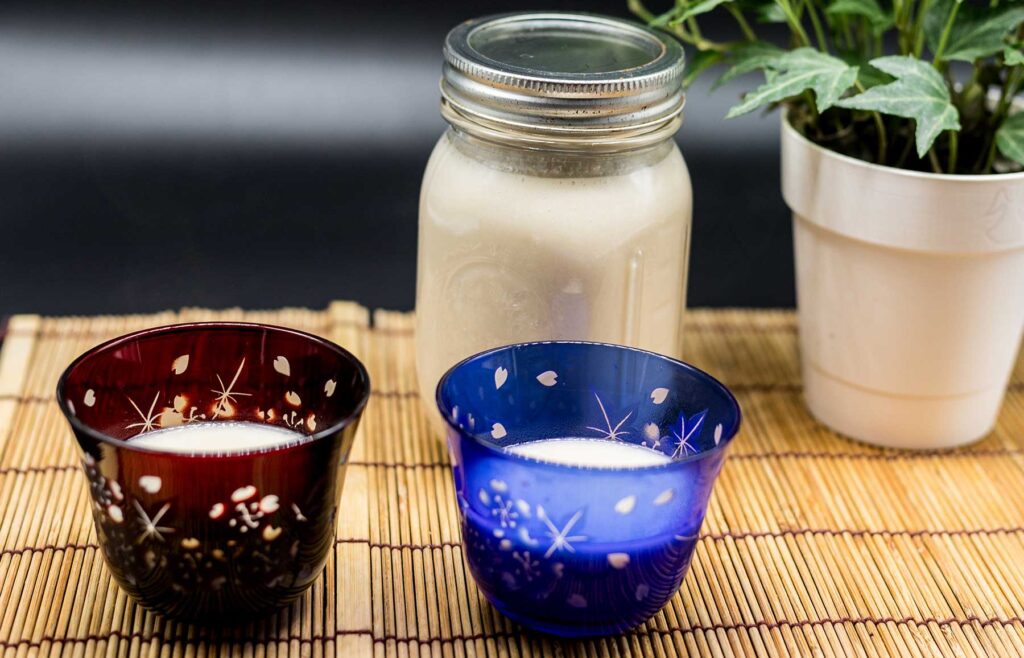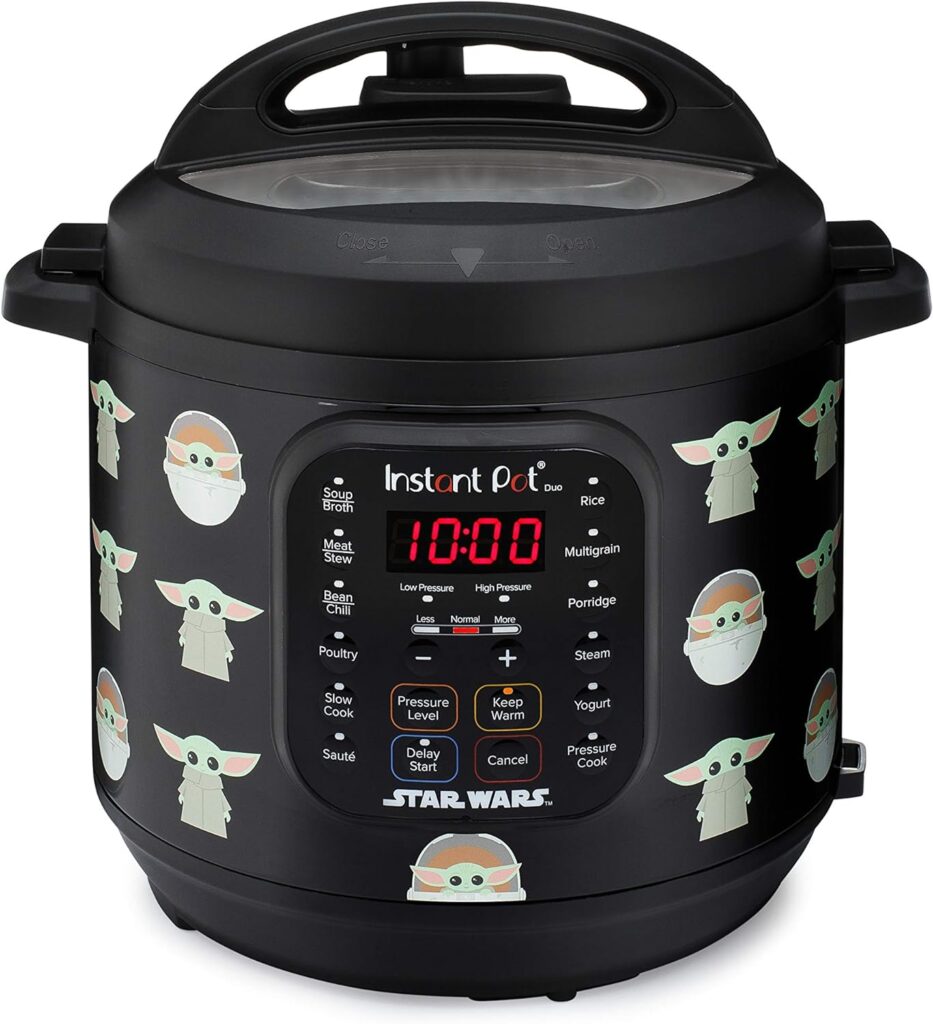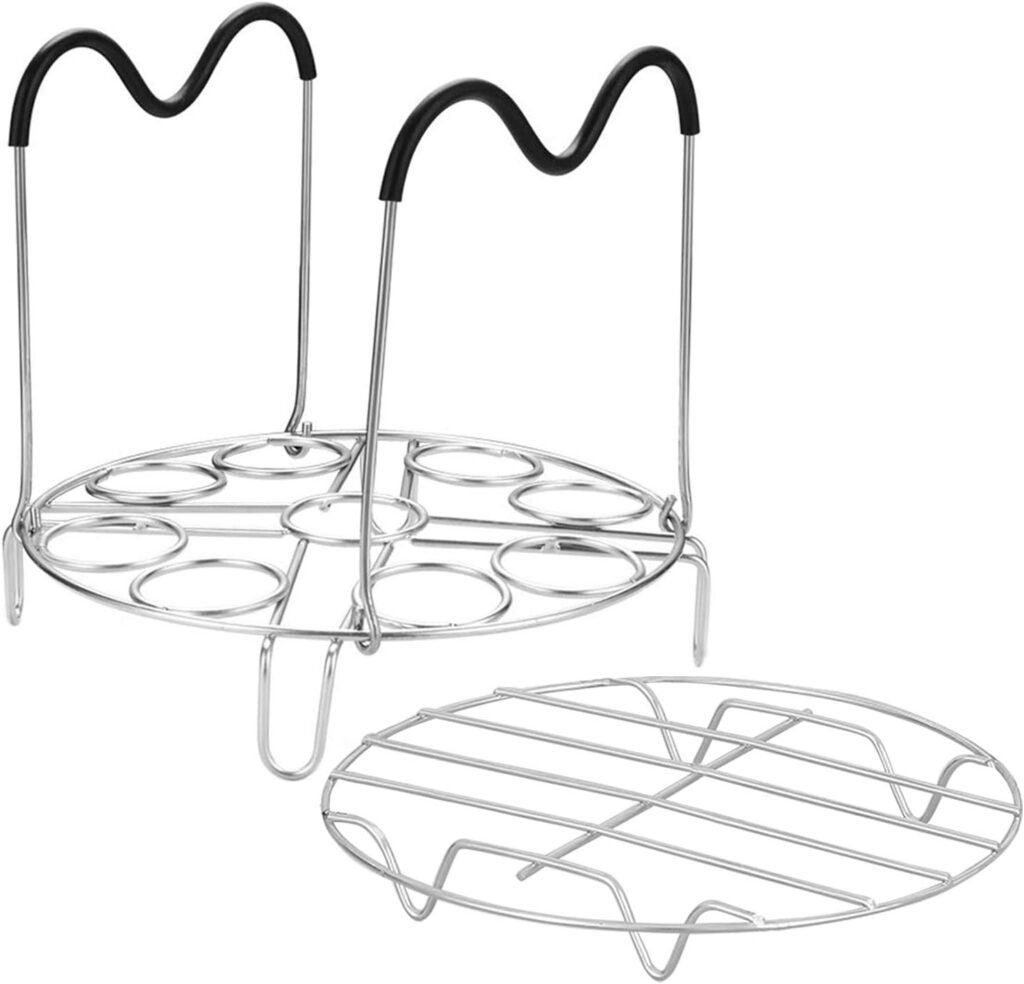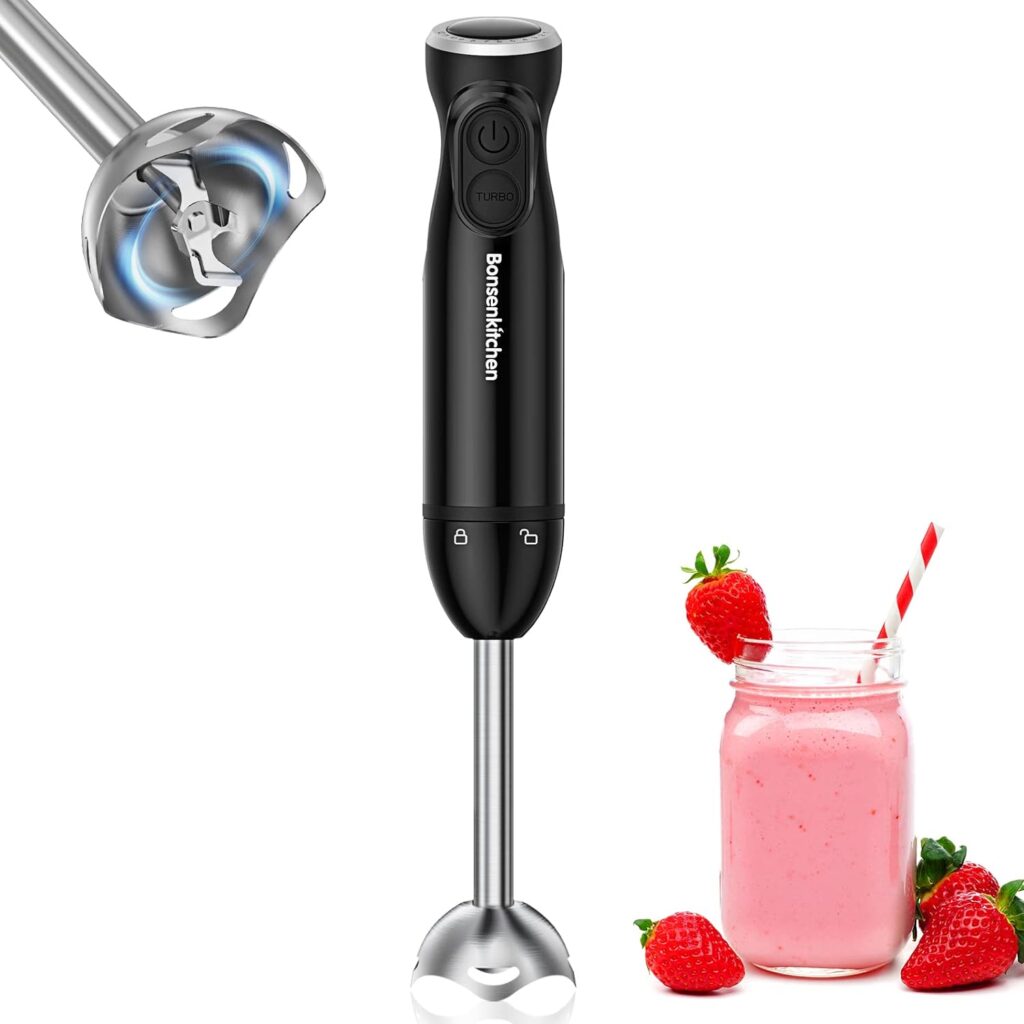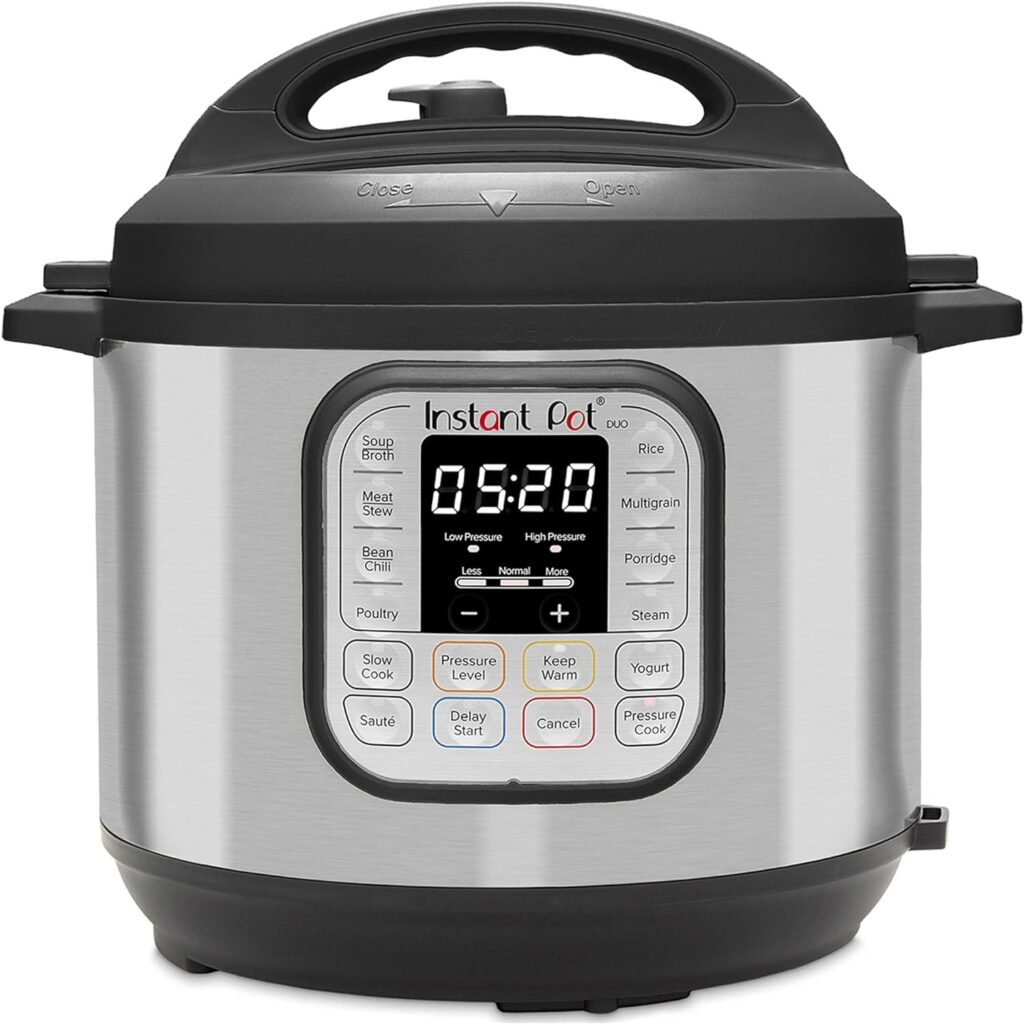Did you know that Amazake is often referred to as a 'drinkable IV' in Japanese?
“Sake” is a Japanese alcoholic beverage, but Amazake is a delightful exception as it contains no alcohol. Fond memories take me back to my childhood when I used to enjoy this traditional Japanese sweet beverage.
Amazake, with its retained rice grains, has a unique charm, and some even find joy in munching on them.
Personally, I have a soft spot for the silky-smooth texture of Amazake, which never fails to bring me a sense of deep relaxation. Its sweetness, derived entirely from natural rice, is a real treat, often earning comparisons to candy from my husband. I lean towards homemade versions when possible because I appreciate knowing all the ingredients and the sense of safety it provides.
In today’s world, where many products rely on artificial ingredients for prolonged shelf life, Amazake stands out as a wholesome choice. Its gentle sweetness, created through the fermentation process, makes it a perfect companion for cold weather, offering both comfort and relaxation.
Ingredients serving 3 people:
- 200 gram KOJI
- 2 Cup Warm Water at 60°C
Instructions:
- Fill the instant pot with water to a depth of about 3-5 inches.
- In a ziplock bag, combine Koji and warm water at 60°C. *It’s crucial that the water is neither too cold nor too hot for fermentation.
- Set the instant pot to “keep warm” mode and let it ferment for 10 hours.
- After fermentation, you can enjoy the Amazake directly from the bag. Alternatively, use a blender for a silky texture. You can also freeze the bag; whenever you crave it, break off as much as you want, warm it in a cup, and savor. If you prefer storing it in a jar in the refrigerator, I recommend consuming it within a week.
What is Koji?
“Koji” refers to a substance created by inoculating steamed rice, barley, soybeans, or other grains with koji mold and cultivating them under specific conditions of temperature and humidity. It is an essential ingredient for the fermentation and aging of miso.
Fermentation is a process in which microorganisms break down organic matter, transforming it into different substances.
In other words, fermentation occurs when the koji mold (microorganism) breaks down rice (organic matter) and transforms it into koji.
In a nutshell, Koji can be described as the ultimate enhancement of the sweetness that arises when you chew rice in your mouth, achieved through the power of the koji mold, a microorganism.
When it comes to foods abundant in koji, it can be said that miso and soy sauce are the most familiar fermented products for the Japanese. And among the various types of koji produced by koji mold, rice koji is the representative one. Rice koji serves as a fundamental ingredient in a wide range of food and beverage items, including sake, miso, mirin, amazake, shio koji, pickles, and more. It is truly a magical ingredient that plays a vital role in the creation of these culinary delights.
Benefit of Koji
There are several benefits to incorporating koji into your lifestyle. Here are some of the main advantages:
Health benefits: Koji offers various health benefits through the enzymes and nutrients produced during the fermentation process. Koji contains enzymes that aid digestion and promote a healthy gut environment, leading to improved immune function and enhanced metabolism.
Enhanced nutritional value: Fermentation with koji improves the nutritional value of ingredients. For example, proteins are broken down into amino acids through koji fermentation, making them more easily digestible and absorbable. Additionally, koji itself is rich in vitamins and minerals, supporting a well-balanced diet.
Improved taste and flavor of ingredients: Koji has the ability to enhance the inherent umami taste and flavors of ingredients. Koji-based products such as miso and soy sauce have distinct and rich flavors. Incorporating koji can elevate the deliciousness of your meals.
Extended shelf life: Koji fermentation improves the shelf life of ingredients. The fermentation process produces acids and alcohols, which inhibit the growth of microorganisms and preserve freshness. This allows for longer storage of ingredients without compromising their quality.
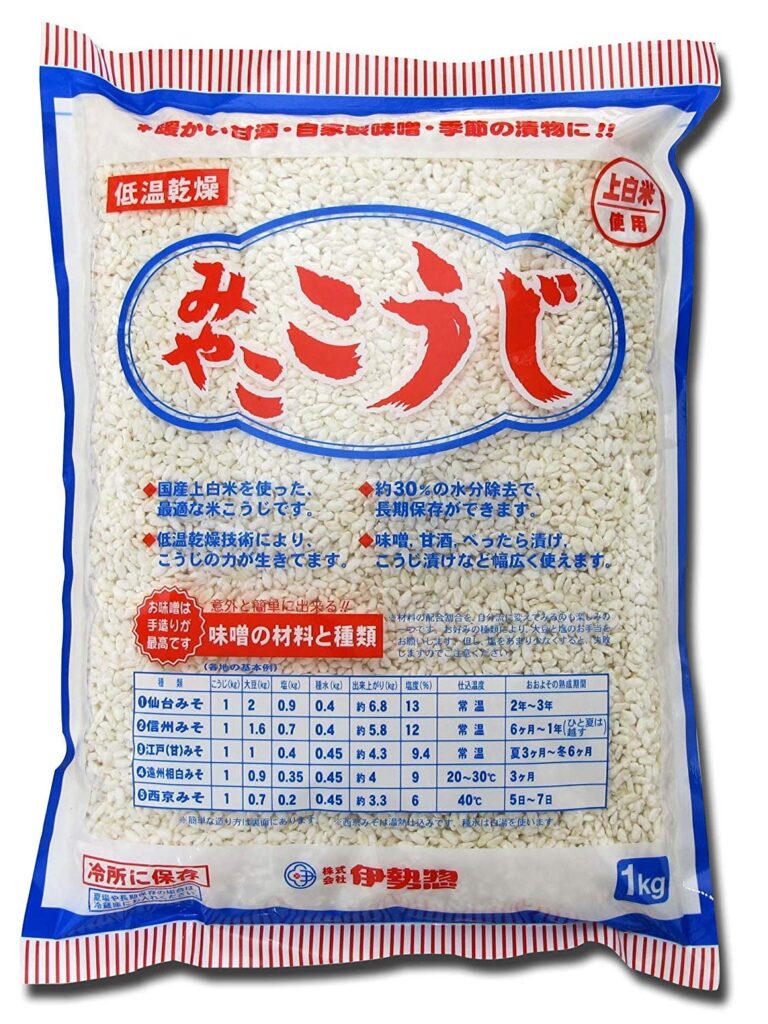
Here is the koji that I regularly use. Any remaining portion after opening can be stored in the freezer. I make soy sauce koji and salt koji, which can be used as condiments similar to salt or soy sauce. It also works well as a marinade for meat, resulting in a tender texture and enhanced flavor.
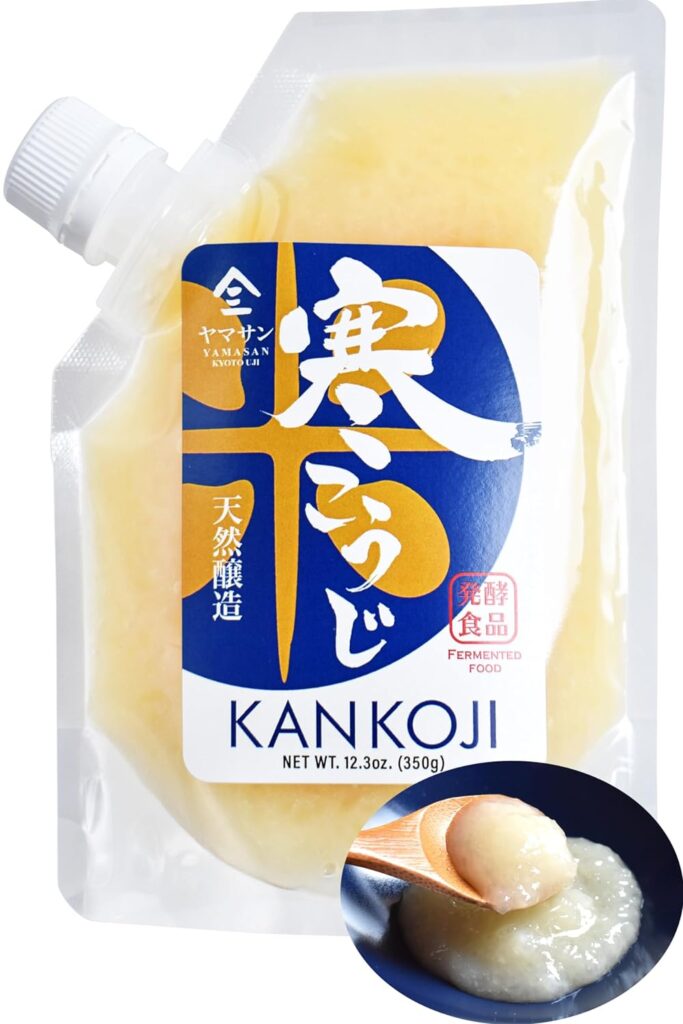
This product is already prepared as a seasoning using salt koji, so you can skip the fermentation process. It might be a good option for those who are using koji for the first time and want to give it a try. If you enjoy using koji and want to save on costs, I recommend trying fresh koji for your future needs.
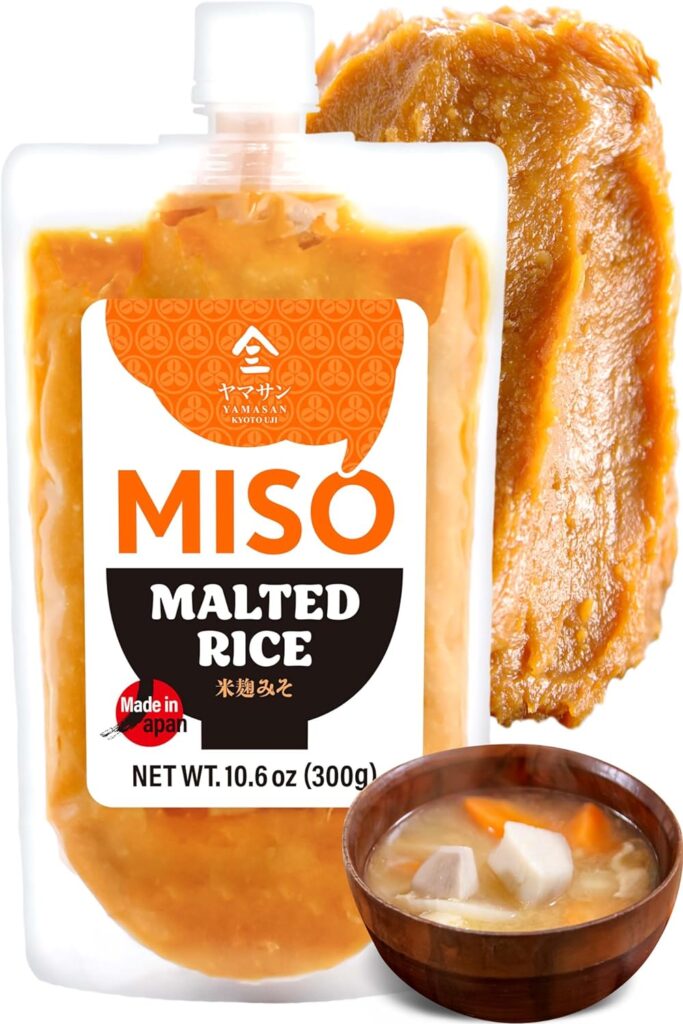
This is miso koji. It is used to make miso soup, but it also adds delicious flavors when used in vegetable stir-fries or marinades. Personally, I like to mix a little bit of miso koji with mushroom seasoning, add plenty of vegetables, and make miso soup.
If you enjoy organic flavor, you can also use kombu.
This article may contain affiliate links.
Instant Pot
The Instant Pot is incredibly popular now, with numerous selections available. Here are my recommendations based on my experience and reviews.
$99.95
This is the basic Instant Pot with three size options: 3 Qt, 6 Qt, and 8 Qt. I used to have the 3 Qt; it’s small and cute, ideal for limited kitchen space, suitable for a small family of 2-3 people. The 6 Qt is perfect for 4-6 people, while the 8 Qt is great if you have ample space and want to cook large amounts of dishes.
Instant Pots are known for their energy efficiency, as they cook food faster than traditional methods and use less energy.
$119.95
Versatility: It comes with multiple cooking functions, making it versatile for various recipes, from pressure cooking and slow cooking to sautéing and more.
Large Capacity: With a 10-quart capacity, it’s suitable for cooking larger portions, making it ideal for families or gatherings.
Advanced Features: The “Pro” model likely includes advanced features such as additional preset cooking programs, enhanced controls, and possibly improved materials for durability.
